Anita Mehta0521660785, 9780521660785, 9780511296697
Table of contents :
Half-title……Page 3
Title……Page 5
Copyright……Page 6
Dedication……Page 7
Contents……Page 9
Preface……Page 12
1 Introduction……Page 15
1.1 Statistical mechanics framework, packing and the role of friction……Page 16
1.2 Granular flow through wedges, channels and apertures……Page 18
1.3 Instabilities, convection and pattern formation in vibrated granular beds……Page 19
1.4 Size segregation in vibrated powders……Page 22
1.5 Self-organised criticality – theoretical sandpiles?……Page 25
1.6 Cellular automaton models of sandpiles……Page 27
1.7 Theoretical studies of sandpile surfaces……Page 29
2.1 Granular structures – Monte Carlo approaches……Page 32
2.2 Granular flow – molecular dynamics approaches……Page 36
2.3 Simulations of shaken sand – some general remarks……Page 38
3.1 Details of simulation algorithm……Page 41
3.2 The structure of shaken sand – some simulation results……Page 43
3.3 Vibrated powders: transient response……Page 54
3.4 Is there spontaneous crystallisation in granular media?……Page 58
3.5 Some results on shaking-induced size segregation……Page 60
4.2 On bridges in sandpiles – an overarching scenario……Page 66
4.3 Some technical details……Page 68
4.4 Bridge sizes and diameters: when does a bridge span a hole?……Page 69
4.5 Turning over at the top; how linear bridges form domes……Page 72
4.6 Discussion……Page 75
5.1 Coupled nonlinear equations: dilatancy vs the angle of repose……Page 80
5.2 Bistability within δθB: how dilatancy ‘fattens’ the angle of repose……Page 82
5.3 When sandpiles collapse: rare events, activated processes and the topology of rough landscapes……Page 84
5.5 Another take on bistability……Page 86
6 Compaction of disordered grains in the jamming limit: sand on random graphs……Page 96
6.1 The three-spin model: frustration, metastability and slow dynamics……Page 98
6.2 How to tap the spins? – dilation and quench phases……Page 99
6.3.1 Fast dynamics till SPRT: every grain for itself!……Page 101
6.3.2 Slow dynamics of granular clusters: logarithmic compaction……Page 103
6.3.3 Cascades at the dynamical transition……Page 104
6.4 Results II: realistic amplitude cycling – how granular media jam at densities lower than close-packed……Page 107
6.5 Discussion……Page 110
7.2 Definition of the model……Page 111
7.3 Results I: on the packing fraction……Page 113
7.4 Results II: on annealed cooling, and the onset of jamming……Page 114
7.5 Results III: when the sandbox is frozen……Page 117
7.6 Results IV: two nonequilibrium regimes……Page 119
7.7 Discussion……Page 120
8 Shaking a box of sand II – at the jamming limit, when shape matters!……Page 121
8.1 Definition of the model……Page 122
8.2 Zero-temperature dynamics: (ir)retrievability of ground states, density fluctuations and anticorrelations……Page 123
8.3 Rugged entropic landscapes: Edwards’ or not?……Page 125
8.4 Low-temperature dynamics along the column: intermittency……Page 130
8.5 Discussion……Page 131
9.1 Avalanches type I – SOC……Page 132
9.1.1 Review of sandpile cellular automata – Type I……Page 133
9.2 Avalanches type II – granular avalanches……Page 135
9.2.1 Dynamical scaling for sandpile cellular automata……Page 136
9.2.2 Qualitative effects of avalanching on surfaces……Page 137
9.2.3 The effect of avalanching on sandpile surfaces – some observations of material properties……Page 142
9.2.4 Spatial and temporal roughening of sandpile surfaces……Page 146
9.3 Discussion and conclusions……Page 148
10.1 Avalanches in a rotating cylinder……Page 149
10.2 The model……Page 150
10.3.1 Rotated sandpile……Page 152
10.3.2 Sandpile driven by random deposition……Page 158
10.4 Discussion……Page 163
11.1.1 Some general remarks……Page 165
11.1.2 Sand in rotating cylinders; a paradigm……Page 166
11.2 Review of scaling relations for interfacial roughening……Page 167
11.3.1 Analysis of the decoupled equation in h……Page 168
11.3.2 Some caveats……Page 171
11.4 Case B: when moving grains abound……Page 173
11.4.1 Numerical analysis……Page 174
11.4.2 Homing in on the physics: a discussion of smoothing in Case B……Page 178
11.5 Case C: tilt combined with flowing grains……Page 179
11.5.1 Results for the single Fourier transforms……Page 180
11.5.2 Results for the double Fourier transforms……Page 181
11.6 Discussion……Page 184
11.7 A more complicated example: the formation of ripples……Page 185
11.8 Conclusions……Page 191
12.1 Introduction……Page 193
12.2 Qualitative considerations……Page 194
12.2.1 Clustering……Page 195
12.2.2 Collapse……Page 198
12.2.3 Granular gases are mesoscopic……Page 199
12.3 Kinetic theory……Page 201
12.3.1 Some technical details and constitutive relations……Page 207
12.4 Boundary conditions……Page 213
12.5 Weakly frictional granular gases……Page 217
12.6 Conclusion……Page 223
13.1 Introduction……Page 226
13.2 Statistical mechanics……Page 228
13.3 Volume functions and forces in granular systems……Page 232
13.4 The stress field……Page 239
13.4.1 First approach……Page 240
13.4.2 Second approach – coarse-graining a microscopic theory……Page 243
13.5 Force distribution……Page 247
Equilibrium conditions……Page 250
Multiplicity of static solutions……Page 252
14.1.2 Force probability distribution……Page 254
14.1.3 Texture and force networks……Page 257
Presentation of the model……Page 259
Force distribution and the exponential tail……Page 261
14.2 Large-scale properties……Page 262
Silos……Page 263
Sandpiles……Page 265
Response functions……Page 267
From contact forces to stresses……Page 270
The effective medium theory……Page 276
14.2.3 Theoretical descriptions……Page 278
Elasto-plasticity……Page 279
Elasticity formalism……Page 281
Mohr–Coulomb yield criterion……Page 285
Janssen’s approach……Page 287
OSL model……Page 288
14.3 Conclusion……Page 290
References……Page 291
Index……Page 314
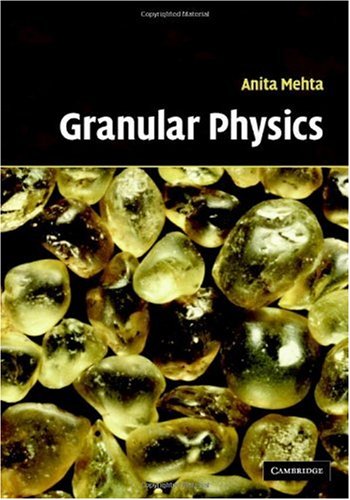
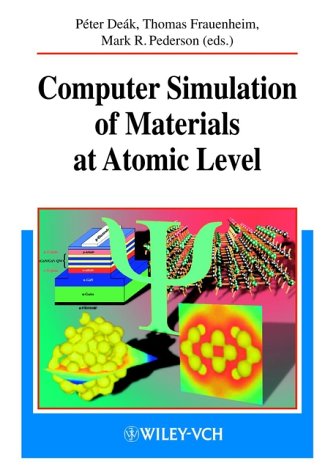


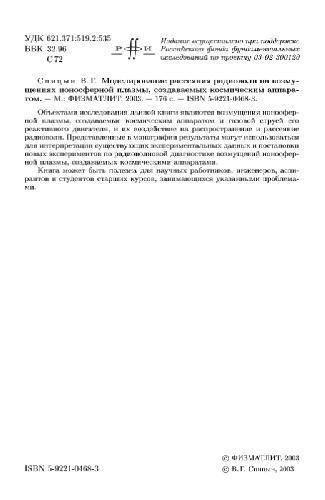
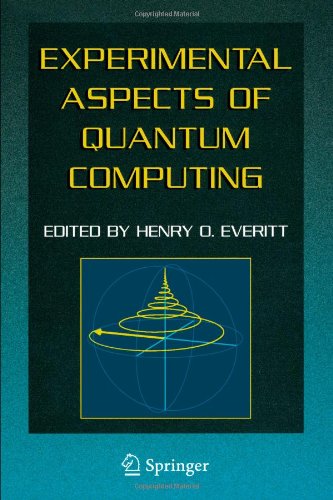
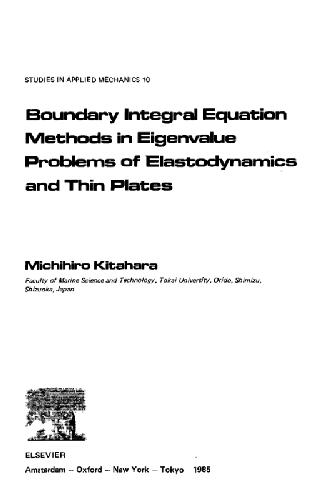
Reviews
There are no reviews yet.